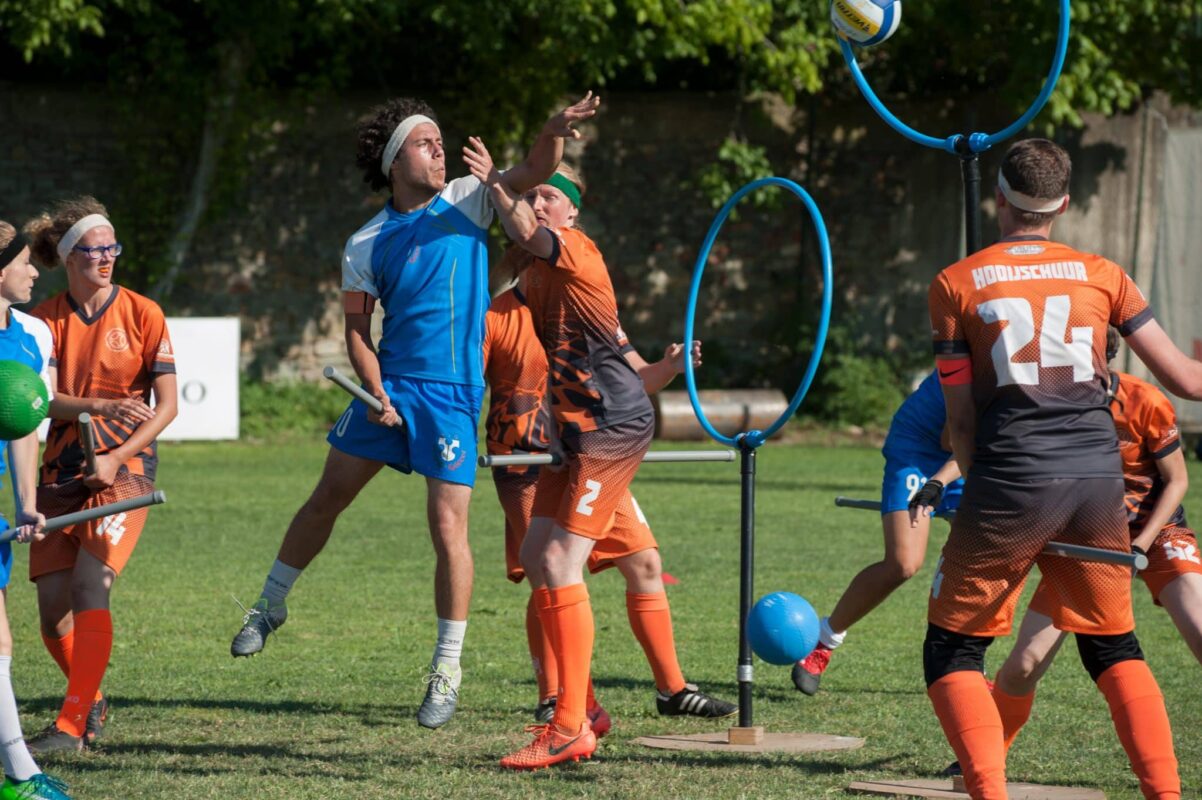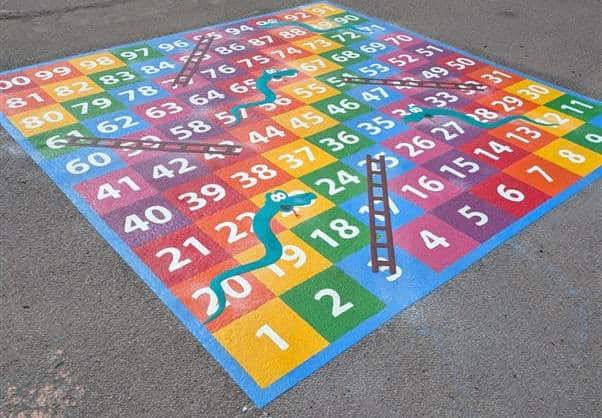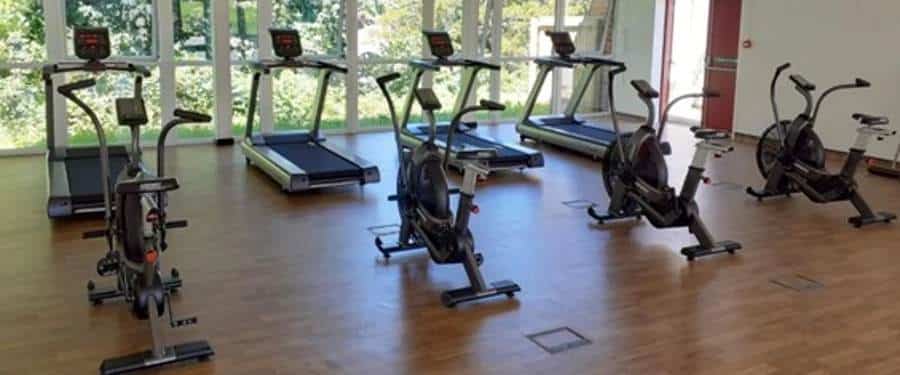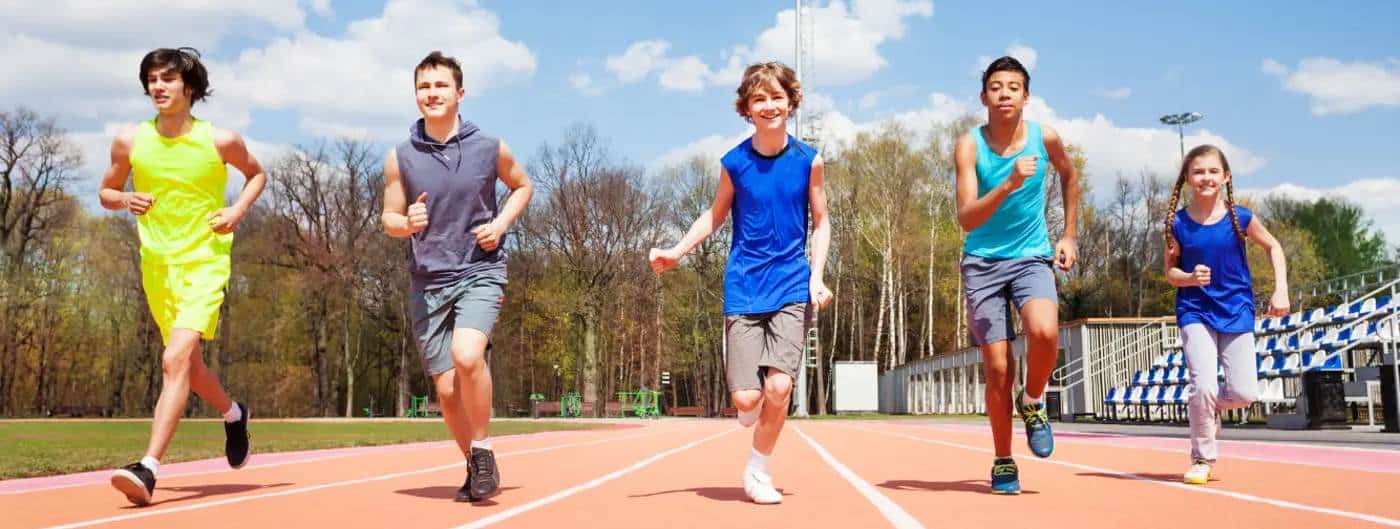Trampolines must be assembled, positioned and folded under the supervision of a person who has received training from a qualified tutor. Manufacturers’ guidelines must always be adhered to.
In schools, this could mean that older students, sufficiently mature and strong enough, may fold and unfold trampolines, with training, under the close supervision of qualified staff who are ready to give immediate hands-on assistance if needed.
There have been several accidents where younger students, lacking the necessary strength and physique, have been left to fold or unfold trampolines without direct staff involvement. It is important that, in circumstances with such students, qualified staff are directly physically involved as part of the process.
Clear communication, awareness and a responsible attitude are essential, particularly in the phase where the end of the trampoline has been opened, to ensure it is held with sufficient force to counter the tension of the springs. Injury most commonly occurs when elbows and forearms become trapped in the trampoline, and for this reason, they should be kept clear of the gap between the folding ends and frame while lowering under control.
Trampolines need to be positioned well away from any overhead obstruction such as hanging beams or lights. The governing body of sports recommendations states that an overhead clearance of at least five metres from the floor to the lowest-hanging object is required for non-somersault trampolining, ie low-level shaped jumps and body landings, and eight metres where somersaults or other rotational skills are being taught.
Hydraulically assisted trampoline wheeling devices are available to assist with setting up and putting away trampolines. Where these fixed-height roller stands are used, they should be safely stored away from the working area when not in use. Care must be taken when operating the hydraulic system depending on the mechanism it uses. Contact the manufacturer for any additional guidance or instruction.
When unfolding a trampoline, staff should ensure that:
- training shoes are worn, and feet kept well away from the wheels
- the trampoline is angled and lowered carefully, and the lower leg section is held firmly so it does not crash to the floor
- the frame sections are opened with a firm, continuous movement, and with steady force applied and maintained to prevent them from springing back
- fingers, forearms and wrists are kept clear of all hinges.
The space under and around trampolines should be clear and free from obstructions.
Before allowing a trampoline or trampette to be used, staff should check that:
- all leg braces have been properly fitted, and hinge units securely housed
- all adjustments are tight
- the hooks of the springs/rubber cables are properly attached, with the hooks pointing down
- the springs/cables are all in good condition
- the safety pads are fitted and entirely cover the springs/cables
- Allen screws are tight (if present)
- the bed is clean and free from damage of any kind
- all coverall pads are in good condition and in place to cover the frame surround.
For trampolines, also check that:
- the wheeling devices are operating smoothly, and the pivotal housing on the frame holds the hub of
- the wheeling mechanism at right angles without any movement of the hub and the housing
- the floor surround has a minimum of 20-25mm non-slip matting one metre wide along the sides of
- the trampoline
- each end of the trampoline has safety mats, supported where possible at trampoline level, of sufficient size and weight absorbency to meet the requirements of body impact in the event of unwanted travel forwards or backwards; to achieve this, “spotting deck platforms” or “end deck platforms” may be purchased, either with or separately from the mattress
- safety matting is placed on the floor behind the end mats
- where trampolines are positioned in a line, weight-absorbing mattresses are placed on the frame and springs between each trampoline; specific “middle mats” can be purchased for this purpose or standard large safety mats used.
When folding a trampoline, staff should ensure that:
- training shoes are worn
- wheeling mechanism is securely housed
- adults are directly at hand to provide support and supervision and step in if needed
- the frame sections are closed using a firm, continuous movement, and with steady force applied and
- maintained to resist the tension of the springs or cables
- fingers, forearms and wrists are kept clear of all hinges
- feet are kept well away from the wheels
- the lower frame and leg sections are positioned inside the upper frame and leg sections as the
- trampoline is rotated from the horizontal to the vertical.
Once folded, trampolines should be locked to prevent unauthorised use. This can be achieved by locking together two links of one of the leg chains.
Trampettes should be disabled in some way when not in use or kept in secure storage. Once this has been done, staff should be satisfied that the trampette cannot be easily re-assembled. Locking trampettes would be seen as good practice.
Damaged trampolines and trampettes should never be used until repaired or replaced.
Any overhead support rigs provided should be supplied and fitted by recognised specialist manufacturers and engineers. On no account should improvised rigs be used. An overhead support rig may be used to help students to learn movements involving rotations or twists on the trampoline. The supporter (usually an adult) needs to be competent in the use of the rig, and capable of holding the weight to control the descent of the student. The positioning of the trampoline and rig needs to be checked to ensure the centre of the rig is vertically aligned to the centre of the trampoline.
Training for staff in the correct use of rigs is essential. British Gymnastics offers specific training for the use of an overhead rig within the Teachers’ Trampoline Awards or as an add-on module.
[button text=”Shop for Trampolines” letter_case=”lowercase” color=”secondary” size=”large” padding=”0px 45px 0px 45px” icon=”icon-shopping-bag” icon_reveal=”true” link=”/product-category/gymnastics/trampolines/”]





